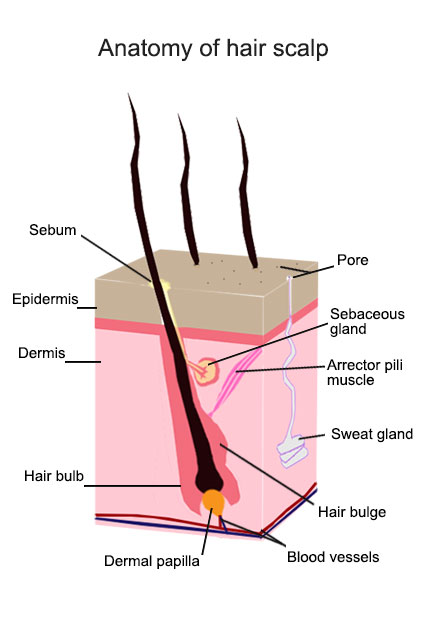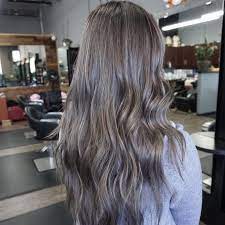
Hair and Its Functions
hair serves various purposes in our bodies, acting like an organ. It functions as a protective barrier, provides sensory input, helps regulate body temperature, and plays a role in communication.
Protection
Body hair found in most mammals protects against friction and harmful UV rays from the sun. For example, fur-bearing animals like porcupines can use their body hair to signal danger by standing up straight and erecting their quills.
Thermoregulation
Hair and feathers act as insulation in cold environments, trapping body heat and preventing its loss through convection, conduction, or sweat evaporation. The integumentary system, including sweat glands and blood vessels, regulates temperature by allowing heat to escape or trap it.
Sense Organs
hair cells in the ear detect various stimuli, such as angular acceleration, linear acceleration, sound vibrations, and changes in position. Snails also have particular sense organs called statocysts, which help them sense light and maintain equilibrium.
Communication
Hair is responsive to air movement and can trigger neurological impulses processed by the brain. This explains phenomena such as goosebumps or a lion’s mane standing up when threatened. hair also protects the eyes from external elements.
Hair Development and Color
hair follicle development involves complex molecular pathways, growth factors, and genes. The WNT signaling pathway and the molecule beta-catenin play essential roles in the development of hair follicles.

